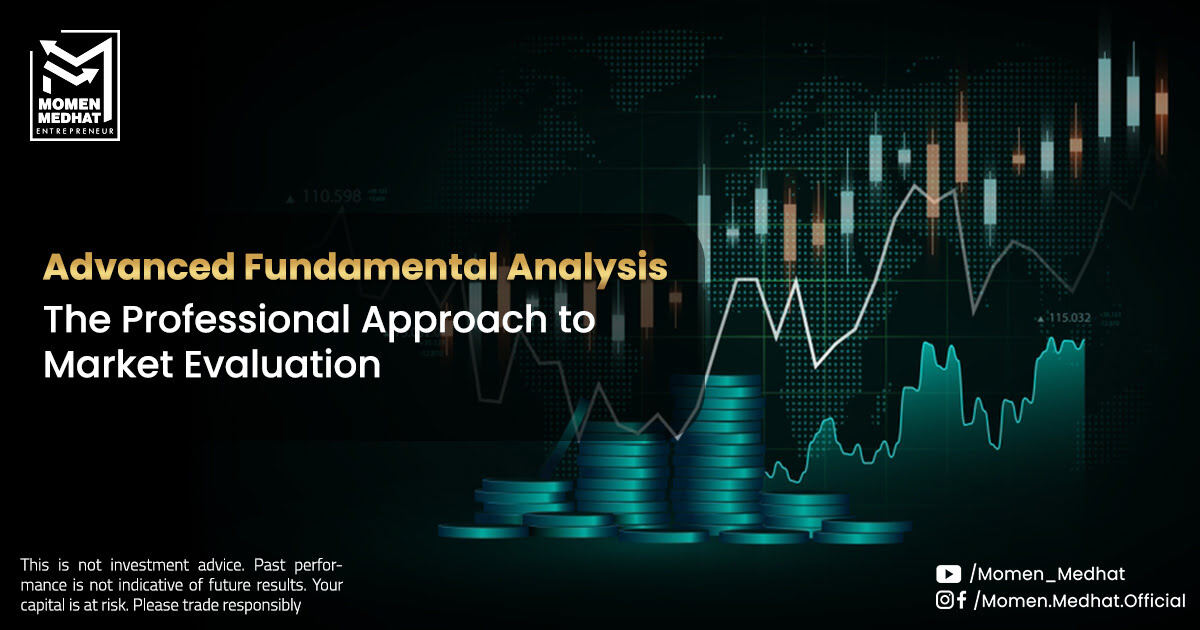
Theoretical Frameworks for Advanced Fundamental Analysis
Integrated Macroeconomic Models
Professionals use a combination of overlapping models to assess fundamental trends:
IS-LM-BP Model – to analyze the interaction between monetary and fiscal policies
Modified Phillips Curve – to understand the medium-term trade-off between inflation and unemployment
Dynamic Comparative Advantage Model – to forecast shifts in international trade
IMF research indicates that these models explain 78% of major currency movements over the long term.
Advanced Monetary Policy Analysis Tools
Central Bank Language Analysis
Quantitative Content Analysis:
Frequency of key terms (inflation, growth, stability)
Change in tone between meetings
Deviation from pre-prepared texts
Monetary Policy Orientation Indicators:
Hawkish Index – measures the degree of policy tightening
Reaction Matrix – forecasts central bank responses to different scenarios
Policy Path Model
Integrates data from:
Inflation expectations derived from bond markets
Growth expectations from stock markets
Financial stress indicators
Advanced Economic Data Analysis
Deep Reading of Reports
Standard Deviation Analysis:
Compare actual readings with forecast ranges
Evaluate the significance of statistical surprises
Quality Indicators:
Seasonal and subsequent revisions
Consistency of data with other indicators
Specialized Sector Models
Labor productivity model for growth forecasting
Supply chain analysis for inflation projections
Energy indicators as leading signals for economic activity
Advanced Company Analysis
Advanced Financial Modeling
Adjusted DCF Analysis:
Multiple scenarios with weighted probabilities
Sensitivity analysis for key variables
Intrinsic Asset Quality Assessment:
Analysis of capital asset lifespan
Evaluation of working capital efficiency
Governance and Leadership Analysis
Management Impact Model:
Track record of strategic decisions
Analysis of executive compensation patterns
Relationship Networks:
Links between board members and other companies
Influence of major shareholders
Integrating Fundamental Analysis with Other Tools
Integrated Analytical Framework
Quantitative-Qualitative Blending:
Merge numerical results with qualitative insights
Weighting system for fundamental variables
Cross-Asset Comparative Analysis:
Assess consistency between various indicators
Detect fundamental contradictions
Integrated Forecasting Model
Forecast = (Structural Factors × 0.6) + (Cyclical Factors × 0.3) + (Shocks × 0.1)
Where:
Structural factors: productivity, demographics, technology
Cyclical factors: policies, interest rates, confidence
Shocks: geopolitical events, natural disasters
Practical Case Studies
European Energy Crisis 2022
Pre-Analysis:
Gas storage indicators
Pipeline data
Historical weather patterns
Ripple Effects:
Balance of payments impact
Structural inflation pressure
Industrial policy shifts
Forecasting the 2023 US Monetary Policy Shift
Early Signals:
Total employment data
Core wage indicators
Implied inflation expectations
Decision-Making Process Analysis:
Change in FOMC composition
Indirect political pressures
Modern Tools & Techniques
AI in Fundamental Analysis
Natural Language Processing:
Analyzing meeting minutes
Evaluating political speeches
Predictive Modeling:
Machine learning algorithms for economic forecasting
Scenario simulation models for complex situations
Specialized Databases
Satellite Data:
Ship and truck movement
Industrial area lighting patterns
Alternative Data:
Internet search trends
Aggregated banking transaction data
Conclusion: Fundamental Analysis in the Modern Era
Advanced fundamental analysis has evolved beyond reading financial reports into a discipline based on:
Multidisciplinary Integration – economics, politics, sociology, technology
Advanced Quantitative Analysis – big data processed with statistical methods
Historical Context Understanding – long-term economic and political cycles
Practical Recommendations:
Build an integrated data collection system
Develop a flexible, adjustable analytical framework
Combine quantitative analysis with qualitative skills
Continuously update models as conditions change
At its advanced level, fundamental analysis is both an art and a science—reading the complex economic reality and understanding how it translates into market movements.